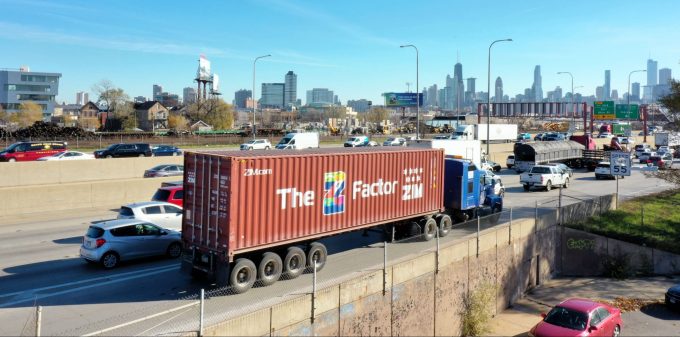Dismal rates picture means choppy water ahead for carriers and shippers
Container spot freight rates on the major east-west trades were barely unchanged for yet another ...

Zim’s strategy of launching new services in high-demand markets, while restricting its contract portfolio on the transpacific, boosted its first-quarter liftings growth and average rate per teu above the industry par.
Where most carriers have reported year-on-year declines in volumes in Q1, due to port congestion, ...


Comment on this article